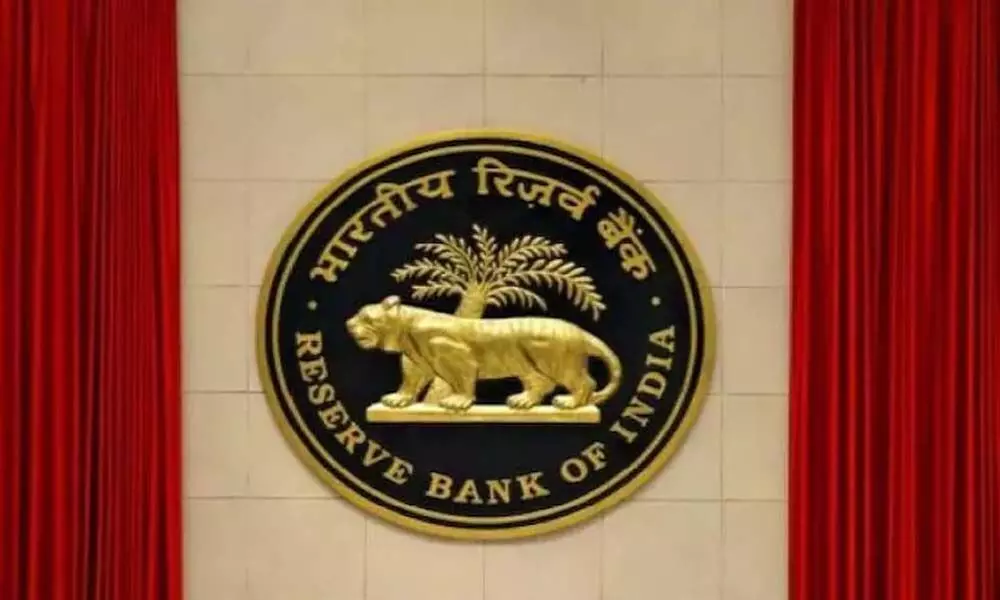RBI policy realistic on growth, but ever rising fuel prices a major worry
Falling on the expected lines, RBI kept its key policy rates unchanged giving a signal that its accommodative stance would continue in the wake of second surge of Covid and giving an assurance for the growth to continue.
image for illustrative purpose

Falling on the expected lines, RBI kept its key policy rates unchanged giving a signal that its accommodative stance would continue in the wake of second surge of Covid and giving an assurance for the growth to continue.
RBI, however, reduced its projection of real GDP growth for FY22 by 100 bps to 9.5 per cent. It rightly reduced growth projections for Q1 and Q2. The reason is not far to seek. The GST collection in May at Rs 1.02 lakh crore, from a record collection of Rs 1.41 lakh crore in the preceding month, is a matter of concern as it may be repeated in June too. Secondly, an estimate says that GNPA for banking is set to double at 13.5 per cent in September (from 7.5 per cent now), which is also worrisome.
Now, there lies another area of concern. SBI's economists are skeptical of a sharp pickup in growth outlook in Q3 given the devastation in rural economy and the slow vaccination. Thus, RBI's forecast of 9.5 per cent could be more of a sombre signalling of a weak growth outlook as of now.
Again, the rising trajectory of international commodity prices, especially of crude, together with logistics costs, poses upside risks to the inflation outlook. The only solace is a normal south-west monsoon, which has already arrived in Kerala. This may help keep cereal price pressures in check.
RBI has rightly opened a separate liquidity window of Rs 15,000 crore with tenors of up to three-years at the repo rate until the fiscal-end. Besides, RBI has also increased the borrowers' exposure limit from Rs 25 crore to Rs 50 crore for Covid-19 under Resolution Framework 2.0, which are welcome steps.
The G-SAP programme of the RBI has been largely successful in keeping the bond yields in check. However, analysts want RBI to shift the focus on 7-8 year papers while announcing OMO/G-Sap. The move will smoothen the curve and reduce upward pressure on benchmark yield. Moreover, RBI can also come up with a prior calendar of bucket-wise maturity for GSAP-2. Based on the success of G-SAP 1.0 (Rs 1 trillion) and in continuation with its narrative of anchoring long end rates at competitive levels, RBI announced G-SAP 2 for Rs 1.2 trillion for the July-August quarter. The absence of a time-based guidance, analysts opine, will help the shorter end of the yield curve to stay largely unchanged for the short to medium term.
RBI has enhanced the exposure thresholds under Resolution Framework for MSMEs, non-MSMEs, small businesses and individuals. As a result, a significant majority of the borrowers will be eligible under the framework. One can only hope that RBI's steps will help bring the country's economy back on the right track.

